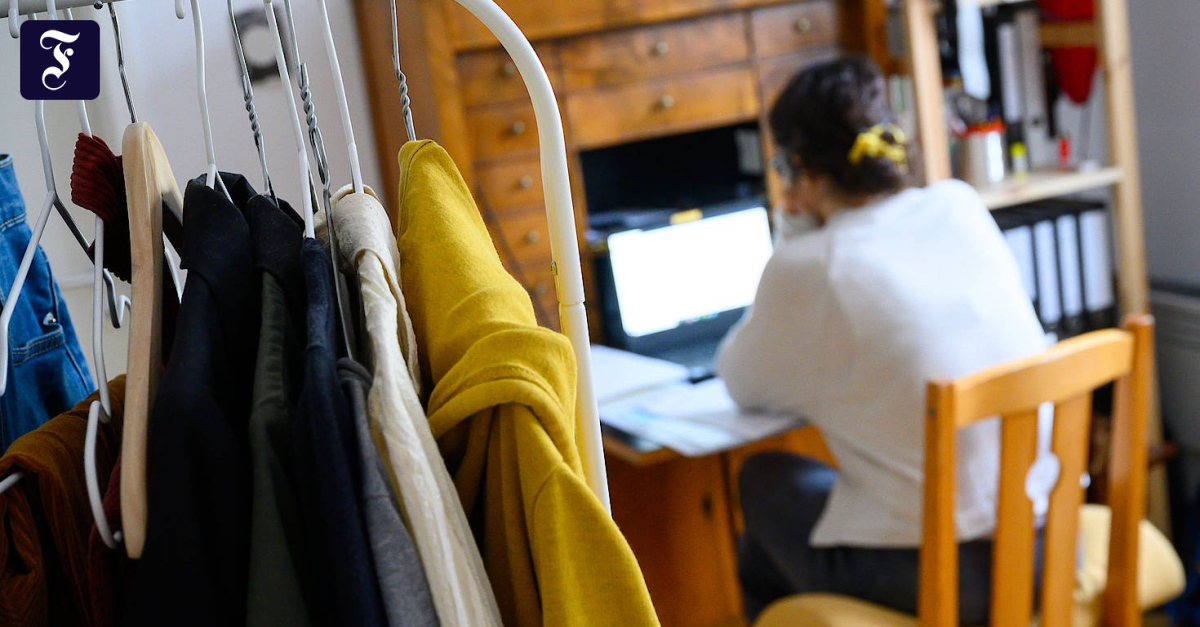In the future, Vodafone Germany will leave it to its employees to decide when they work from home, on the go or in the office.
"Full Flex Office" will start on October 1 without a fixed attendance rate in the office, announced the competitor of Deutsche Telekom and Telefonica Deutschland on Tuesday.
Each employee can also work in other EU countries for up to 20 days a year.
For the home office there is insurance coverage, office equipment and health prevention.
The flexibilization of work has accelerated sharply in the Corona crisis. The software giant SAP also gives its around 100,000 employees the choice of their workplace. Deutsche Bank and Commerzbank do not go quite as far as they allow their employees to spend part of their working hours in the home office.
These are only individual examples, the trend is clear.
A few months ago, for example, the German Society for Personnel Management (DGFP), in cooperation with the Fraunhofer Institute for Industrial Engineering and Organization, surveyed more than 500 companies on the subject for the study “Working in the Corona Pandemic”.
The result: 71 percent want to give their employees more opportunities to work from home in the future after Corona.
Because the bottom line was that it was quite successful.
More than half of those surveyed say that employee performance remained the same in the distance working phase, and more than 30 percent even report an increase in productivity.
More employees are returning to the office
Compared to lockdown times, however, the pandemic-related home office is currently on the decline.
According to a survey by the Ifo Institute, the proportion of employees who at least partially work from home fell to 23.8 percent in August - after 25.5 percent in July and 31.7 percent in March.
"The vaccination numbers are increasing, more and more employees are going back to the office," said Ifo researcher Oliver Falck last Friday.
In August, however, the decline was less pronounced than in the previous months.
This points to a stabilization of the quota.
The share in pharmaceutical production fell particularly sharply, from 35.8 to 15.7 percent.
In industry as a whole, 16 percent are currently at least temporarily in the home office, 33 percent in service providers, and only 5 percent in retail and construction.

